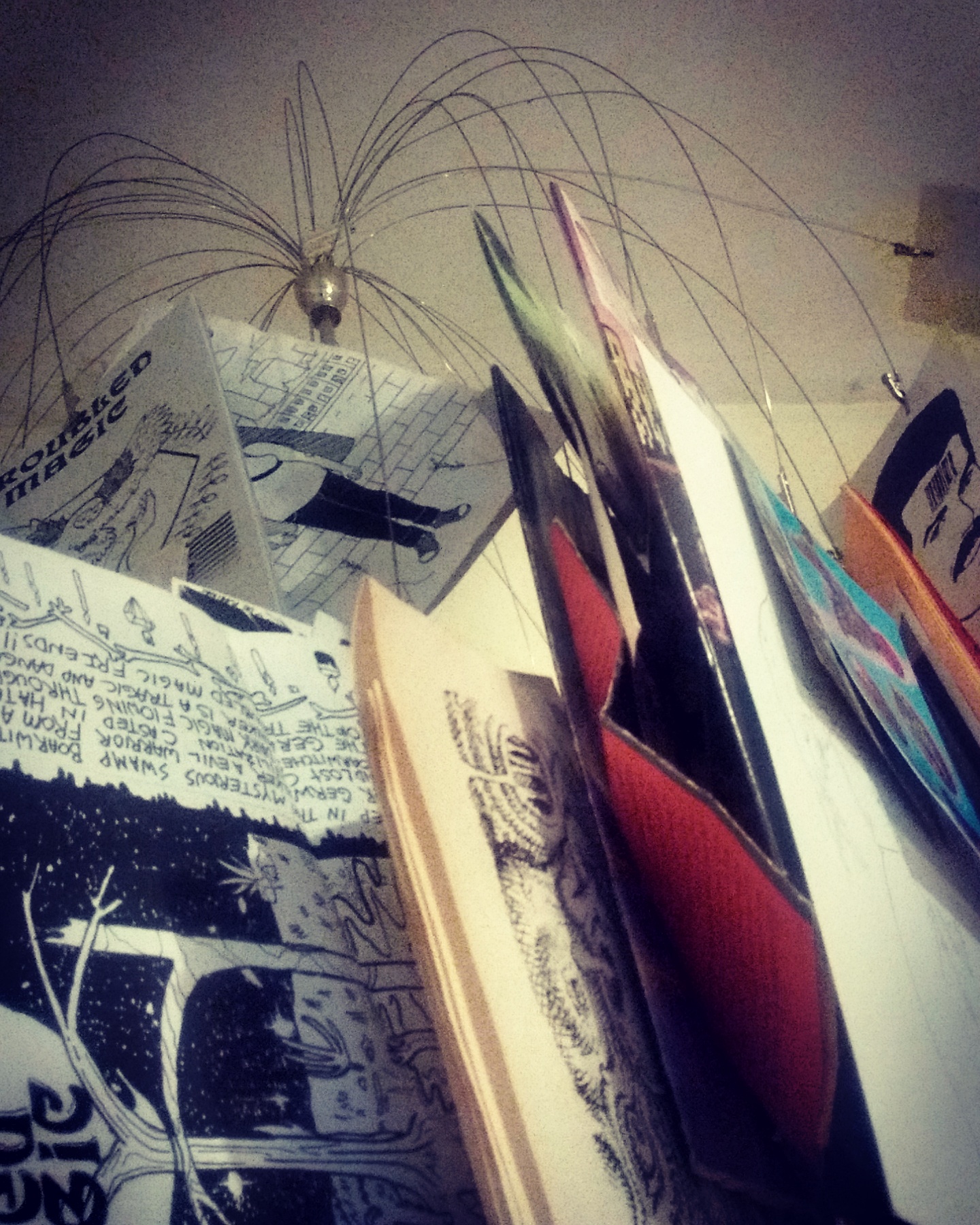 |
Welcome to my 'zine tree! Here in my studio, I've got this wire-y thing hanging above my computer desk chock-full of paper goods that have kept me curious. Instead of filing one thing away when I wish to add something, I've decided to do these features about some of the creators' works on the tree. There's a little bit of everything up there - some photography, some stickers, some floppy comics, but most of it is cartoon and comics art and all of it is independently produced. |
|---|
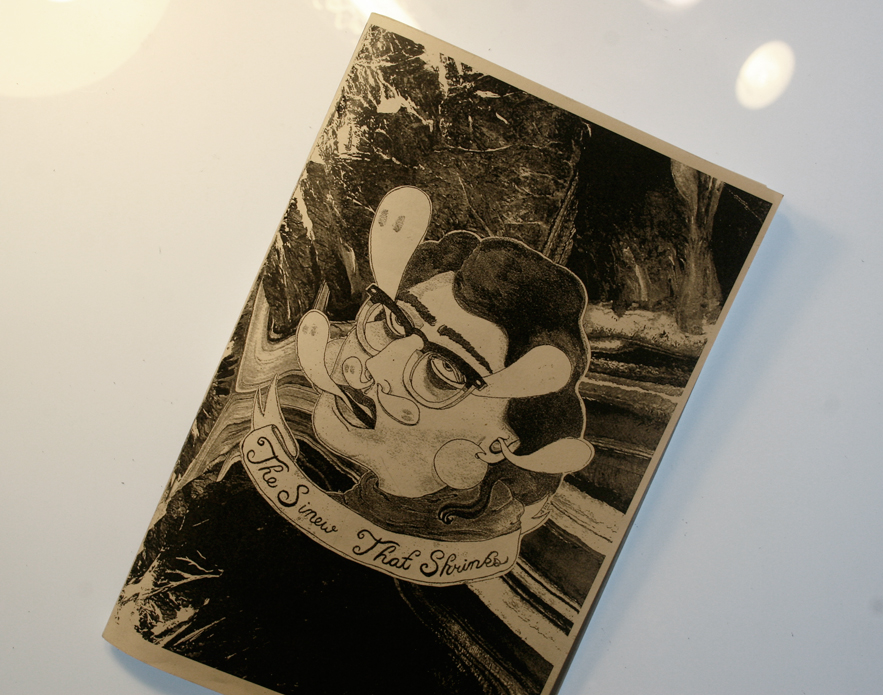 BIO: JB Brager is a Philadelphia-based comics artist, illustrator and writer, and a PhD candidate in Women’s & Gender Studies at Rutgers University. JB's scholarship has appeared or is forthcoming in the International Journal of Communication, The Holocaust in History and Memory, and The New Inquiry. Their comics and work on comics appears in the Jewish Comix Anthology, The Black Warrior Review, Shareable Magazine, The LA Review of Books, and Apiary Magazine. --------- AG: Tell me more about the concept of this ‘zine. I went and read of the “sinew” from the book of Genesis 32:31-32. So, ‘the sinew that shrinks,’ or, the description of why the ‘sons of Israel’ do not eat meat on the hollow of the thigh, is because of Jacob’s physical wrestling match with God. In many of your writings here, there seems to be a parallel struggle with fear, ancestry, and the ramifications of individual memory as realized through photography. JB: This is a much more philosophical take on this than I have! The scene of Jacob wrestling with the angel is super hot and gay, and, as a queer Jew, I think the idea of the angel’s touch on the hollow of the thigh being the basis for kashrut* is so weird. I have the Yiddish word trafe** tattooed on my butt, incidentally. So the concept of the 'zine is just to impart whatever I’m working on at the time, it’s kind of a sketchbook, a way of capturing works in progress. A lot of the art, collage, and writing is either early versions of essays and comics or materials from my dissertation research. *Jewish dietary laws **food that is not kosher |
|---|

Watch an excerpt from Chris Marker's Letter from Siberia>>
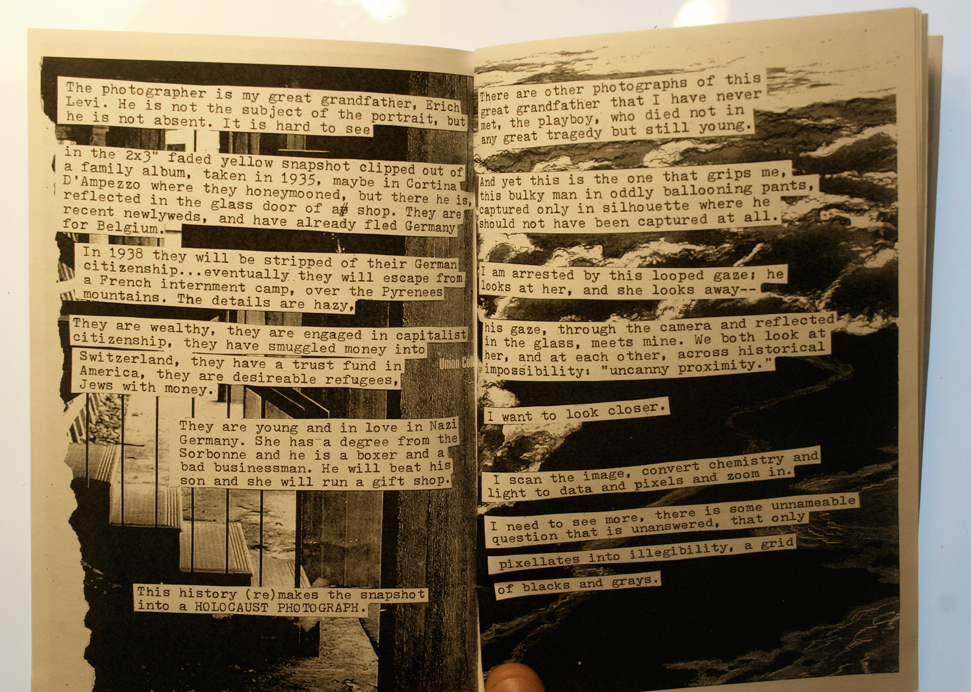

JB: Oh yeah that seems right, I was pretty focused on the idea of “proof” when I made the 'zine, how photographs do and do not reflect reality or truth, how they are used as evidence to make certain claims.
On the first page of the 'zine, I quote Kathleen Stewart: “A layer, or layering to the ordinary, it engenders attachments or systems of investment in the unfolding of things,” and I write, “Read this 'zine like a scrapbook, like a collection of fragments.”
So in that sense I include comics as part of the collage for the reader to make meaning out of, they’re a fragment of the work that I do. I’m also kind of unsure how my work fits together— my academic work and art work, and so sometimes they just kind of sit next to each other.
Some of the comics in this 'zine are about psychoanalysis which is one of my favorite and also most hated things and figures methodologically in my work in a weird way, or are sketches from family photos— like I put a weird doodle of my grandmother instead of including a photo that I didn’t want to share, that I think is better to read about without seeing. And some of the comics are just orphans, they’re not going to end up anywhere else so I just included them in the 'zine.
Kathleen Stewarts's book, Ordinary Affects>>
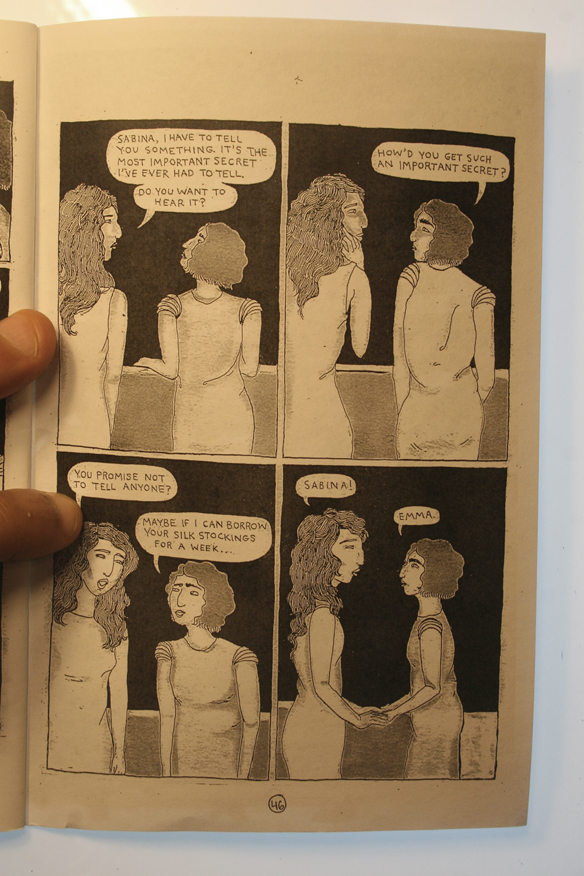
How long did you work on it?
JB: I’m a ride-or-die 'zine maker, cut n’ paster for life.
I can’t really remember but I probably worked on it for like a weekend, in terms of the final gluesticks-out stick it all together situation. Usually with this series of 'zines, I just accumulate stuff for like a year and then go wild, often because I have a 'zinefest coming up and I have the classic panic of wanting to have new work for people.
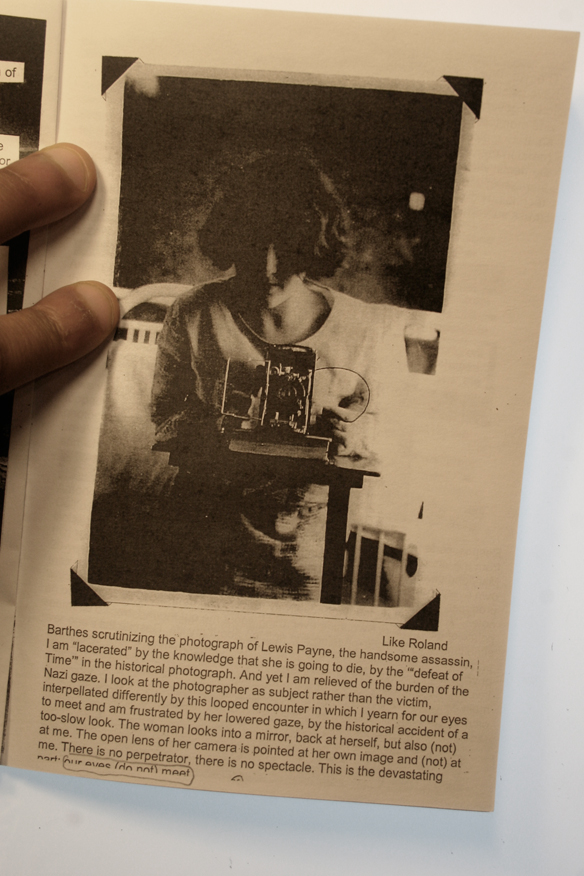
"Is what inspired the unknown woman to turn her camera toward the mirror similar or the same as what prompts smartphone users to rotate their cameras toward themselves? What limited circulation did her ephemeral snapshot find before it became an artifact? How do we compare this to the reach of the approximately 35 million selfies on Instagram? How do we parse through this transient super-abundance, to locate what “should” be archived, what images will become history? Should we even try?”
What is the future of the historical photograph? How does consent figure into this new reality of generating history, even, as you say, ‘in this perplexing landscape of saturation and vacancy?’
JB: Like, what happens to the old-timey historical photograph, or will there be historical photographs in the age of smartphones and overwhelming volume, and digital archiving? The idea of a historically significant photograph has always been bullshit to some extent— even that photograph that I was writing about still mostly just affected me as an artifact, it doesn’t mean anything. And who and what has been featured in historical photographs has always been shaped by race and class anyway. Photographs that were supposed to change history didn’t. Photographs of historically significant moments— those moments would have happened anyway, captured or not. So in terms of significance, photographs continue to be subjective in terms of import. In terms of consent, I guess the question is what the investment is in consent around the photograph, and the implications of that which seem really different depending on what the photograph is of.
JB Brager's New Inquiry article, Selfie Control>>
AG: What other ‘zines have you been working on lately?
JB: Well, there’s a third issue of The Sinew That Shrinks which is all comics and drawings, and a fourth issue on its way, and I’m still working on Doykeit and Eyshet Chayil which are lefty queer Jewish compilation 'zines, and I’m working on turning the syllabus from a class I’m teaching into a 'zine. All the new stuff will hopefully be ready by the New York Feminist Zinefest in the spring.